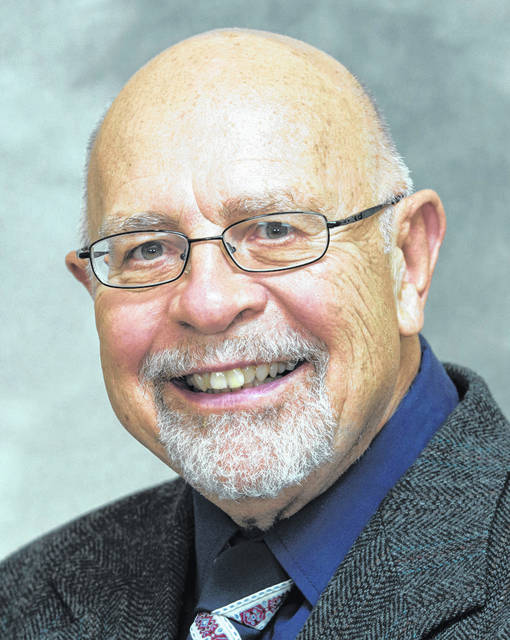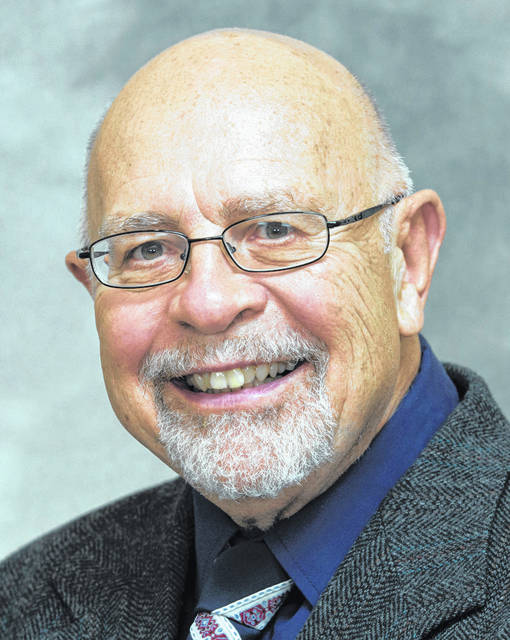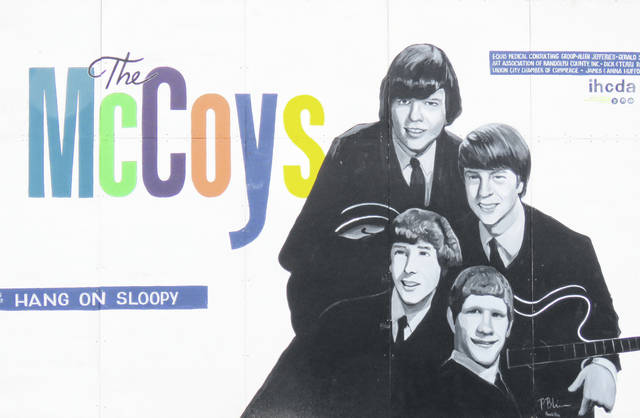



I knew nothing about Union City when my wife and I bought a house here. We simply loved the older, well-maintained homes and the downtown under restoration that reminded me of a Colorado gold town where I flyfish.
I created a spreadsheet of average prices of homes in Indiana. Union City topped my list.
Whenever I told colleagues and friends where I planned to live, I heard one thing over and again.
“That’s Rick Derringer’s hometown,” everyone chirped.
“Oh,” I said. I didn’t know Derringer from Dillinger.
So this weekend I decided to educate myself.
I found that Derringer was born Ricky Dean Zehringer on August 5, 1947. After music critics butchered his name, he created something more memorable.
In the 1960s, Derringer founded a Union City, Ind., living-room band he called the Rick Z Combo. Soon, it became the McCoys — taken from “The McCoy,” a song by the Ventures.
The McCoys were four clean-cut high schoolers. Then the Beatles invaded and the Hoosiers copied the mophead look.
Record producers discovered the high-energy teens opening in Dayton for an Australian act.
The rest is improbable but happened. The producers whisked them to New York, signed them to a contract on the BANG label, and had them record a song about a bullied gal from the wrong side of the tracks.
“Hang on Sloopy” was a collaboration by the once-touted songwriting team of Bert Berns and Wes Ferrell. It was a reworked version of “My Girl Sloopy” co-written by the two men.
Berns had a short, storied life. Immensely talented and the creator of such rock and roll hits as “Twist and Shout” and “Here Comes the Night,” he drove himself so hard because he had a bum ticker.
In addition to unquestioned ability as a songwriter and an ability to spot budding talents like the McCoys, Berns enjoyed added musical clout due to his connections with mobsters, according to San Francisco music journalist Joel Selvin.
The Mafia helped Berns become a key player in the the R & B music scene of the 1960s, according to Selvin, author of “Here Comes the Night: The Dark Soul of Bert Berns and the Dirty Business of Rhythm and Blues.”
Berns died in 1967 even as “Sloopy” sold its millionth record.
In time, Ohio State’s renowned band adopted “Sloopy” as its signature song.
And the Ohio legislature in 1985 guaranteed the McCoys immortality when “Sloopy” became the state’s official rock song.
The “heroine” of Sloopy supposedly was based on Dorothy (Sloopy) Sloop, a singer and pianist of considerable talent, who one day was heckled by club patrons in New Orleans, according to Ohio historian Eric Lyttle. Supposedly, three young musicians in the crowd tried to outshout the detractors with encouraging calls of “Hang on, Sloopy.”
True or no, it makes a great tale. Lyttle cites a daughter of the late Sloopy who says her mother considered the song — by singers young enough to be her great-grandchildren — delightful and flattering.
The aforementioned Dillinger-er, Derringer — deserves his fame. Still performing today, he’s a seasoned pro who has mentored young musicians, backed up many of the greats onstage, and written a fair share of playable songs.
His original combo included his brother Randy, an after-hours hellraiser, but well-regarded musician on drums, a Greenville pianist-turned organist Ronnie Brandon, and hard-thumping wildman Randy Jo Hobbs on bass. The original group has done benefits for charity, including back home again in Union City.
Here’s briefly what I can tell you about the trio.
Ronnie Brandon was destined to be a one-hit wunderkind. Somewhat shy, music critics unfairly called him “unapproachable” for interviews. After a whirlwind year in the spotlight on the Ed Sullivan Show and stages in New York and London, he received a telegram from Derringer informing him that he had been replaced.
Brandon later became the proprietor of a popular Winchester, Ind., pizza joint. He covered the walls with souvenirs from his rock star days.
The fourth member of the combo was Randy Jo Hobbs, originally a neighbor of Rick and his brother. He enjoyed years of glory but fell prey to the twin demons that killed off jam-session friends like Jimi Hendrix, Jim Morrison and Janis Joplin.
One of the sadder spectacles at a rock concert is the sight of a side musician so impaired on booze or drugs as to be derided by audiences as a buffoon. That’s the sad legacy of Randy Hobbs, the flamboyant, once incredibly talented bass player. Identifiable onstage in cowboy hats and colorful neck kerchiefs, he could have been the best of all time if he could stay sober.
After the McCoys disbanded, his use of heroin spiraled. The habit cost Hobbs his musical relationship with albino rocker Johnny Winter. Winter fired Hobbs after he stumbled onto a concert set one time too many.
He caught on briefly with lesser known rock bands but his shaky hands betrayed him while playing.
At age 26, he married a local 20-year-old Union City girl. Two years later, she dumped him.
At age 45 — in 1993 — Hobbs’s drug-taxed heart gave out. The bass player, who once rocked at a jam session at a New York club with Jimi Hendrix, Jim Morrison and Janis Joplin, was discovered dead in a Dayton hotel room.
At the end, he lived in an unimposing house on North Howard Street in Union City, shunned and pathetic and addicted.
He received a burial Mass in Union City’s St. Mary’s Catholic church.
And so now when old comrades catch up on my news, I nod my head sagely when Rick Derringer’s name comes up.
“I plan to sing his song `Hang on Sloopy’ in karaoke,” I say.
And I will.






